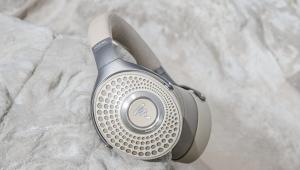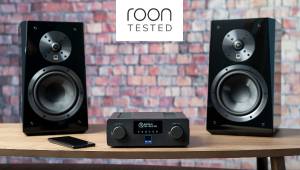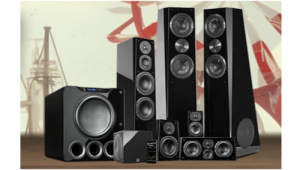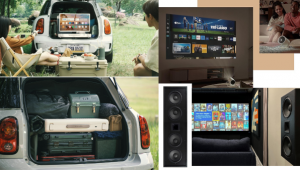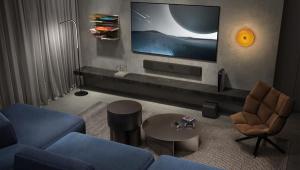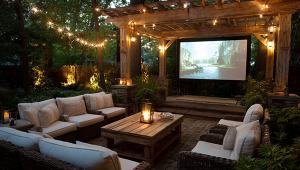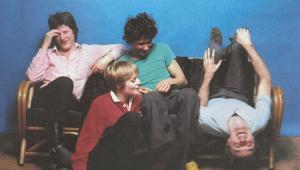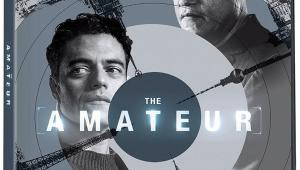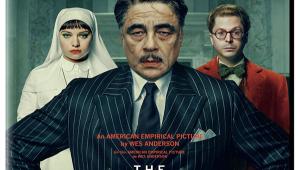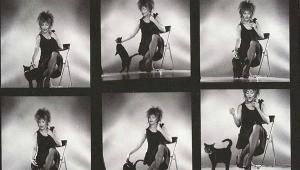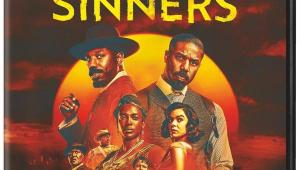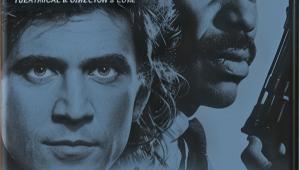CE Hall of Fame to Induct Audio Pioneer Floyd Toole

Toole’s work is encapsulated in his 2008 book Sound Reproduction: The Acoustics and Psychoacoustics of Loudspeakers and Rooms and the loudspeaker measurement method he began at the National Research Council of Canada (NRCC) is embodied in ANSI-CEA 2034, Standard Method of Measurement for In-Home Loudspeakers (2013).
The CE Hall of Fame program is run by the Consumer Electronics Association, organizer of the CES, the world’s largest consumer technology trade show.
The complete list of 2015 inductees with complete bios is available at ce.org. Toole’s bio as it appears on the CE Hall of Fame Inducees web page:
What constitutes "good" sound? Pioneering psychoacoustic scientist Dr. Floyd Toole was able to identify the technical loudspeaker measurements correlating with what listeners identified as "good" sound in double-blind testing. As a result of his work, many speaker makers changed how they designed their wares, and his measurement methods have been codified into an industry standard.Born in Moncton, New Brunswick, Canada, in 1938, Toole’s mother was a teacher and his father an airport administrator who also was a consummate do-it-yourselfer with a fully-equipped woodworking shop in the basement. Toole developed his own tinkering skills, building radios, power amps and loudspeakers and developed a love of music.
After earning his electrical engineering degree in 1960 at the University of New Brunswick, Toole accepted the Lord Beaverbrook Overseas Scholarship, which took him to the Imperial College, University of London. On the way, Toole met another scholarship recipient, Noreen, and within a year they married.
At Imperial, Toole and two professors decided to apply engineering methodologies to the investigation of psychoacoustic phenomena. They would use new signal processing methods to aid in the design of experiments in auditory perception. He found that the perception of auditory "center" was a learned concept, one of many forms of adaptation that allow humans to cope with varying acoustical conditions in the real world.
In listening to the pulse-train audio signal used in the experiments, Toole could hear and localize the lower tonal harmonics. They followed individual predictable trajectories, something that was not accommodated by prevailing theories of hearing. As results accumulated, Toole and his professor published their results in the Journal of the Acoustical Society of America.
Toole's studies were partially funded by a special scholarship from the National Research Council of Canada (NRCC). Just before he graduated with his PhD in 1965, the NRCC recruited Toole to work as a research scientist in the Acoustics section of its Applied Physics Division.
In preparing for sound localization experiments, Toole was surprised to discover that well-regarded speakers of the time did not measure well in the anechoic chamber—they were flawed in different ways. However he discovered that listeners in unbiased blind testing agreed on what sounded good and the loudspeakers that sounded best exhibited the best measurements. This led to progressive improvements in the anechoic descriptions of loudspeaker performance and to better methods of eliciting trustworthy opinions from listeners. There were, in effect, two parallel measurements: one technical and one subjective. The NRCC provided facilities for both, something not available to most designers and audio product reviewers.
Toole was joined Harman International in 1991, after 25 years at the NRCC. His mission was to bring scientific methods to product development processes in the Harman family of brands.
Toole published these findings in Canadian audio publications, through which he made contact with Canadian loudspeaker makers who began to rent the NRCC facilities for product development. Later some U.S. companies joined. The science-based process evolved and good sounding loudspeakers became more common. In those days LPs were the source of listening test material, so Toole studied the intricacies of phono cartridges and turntables to maximize performance from this problematic system.
In 1981, the Canadian Broadcasting Corporation (CBC) launched an investigation to identify the best speakers for its in-house use. Toole oversaw the testing of more than two dozen speakers of varying sizes and designs as well as conducting blind listening tests. Out of the resulting data came the basis for an understanding of what truly makes good sound. Toole published his findings in the Audio Engineering Society Journal. While it was regarded as heresy to some, to most it provided a clear, logical path to good sound.
The following years were spent filling gaps in the scientific foundation of how loudspeakers and rooms interact with human listeners—psychoacoustics: relating what we measure to what we hear. The resulting “science of audio” story was generally well received. Toole was invited to join Harman International in November 1991, after 25 years at the NRCC. His mission was to bring scientific methods to product development processes in the Harman family of brands.
Toole convinced Harman it needed a research group, not involved with product development. New anechoic chambers added to engineering capability, and innovative listening rooms provided new potentials for subjective evaluations. The entire process was improved, with trustworthy subjective data fed back to design engineers. Harman encouraged Toole and his colleagues to publish, in the scientific tradition of sharing knowledge, all with the goal of improving loudspeaker design and sound delivery.
After retiring in 2007, Toole encapsulated his 40 years of psychoacoustic work in Sound Reproduction: The Acoustics and Psychoacoustics of Loudspeakers and Rooms (2008). The loudspeaker measurement method he began at the NRCC is now embodied in ANSI-CEA 2034, Standard Method of Measurement for In-Home Loudspeakers (2013).
Toole has been awarded two Audio Engineering Society publication awards, an AES Silver Medal Award and then the Gold Medal in 2013, and also served as AES president. He was awarded fellowships by the AES, the Acoustical Society of America and CEDIA, along with lifetime achievement awards from CEDIA and the loudspeaker designer association ALMA International.
Toole, lives in Southern California with his wife, continues to consult for Harman, participates in SMPTE and AES standards work, writes manuals and teaches courses for CEDIA.
Whitepapers written by Toole while at Harman International are available at harman.com.






